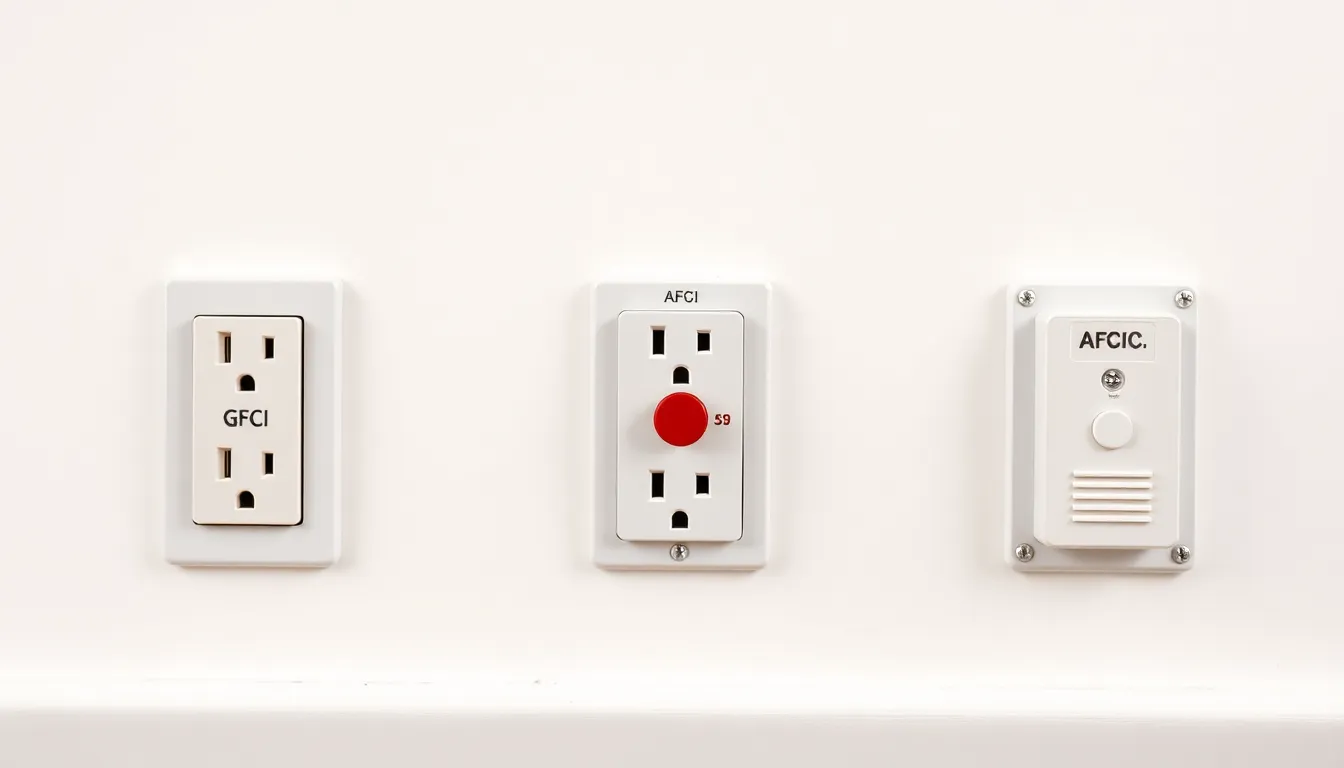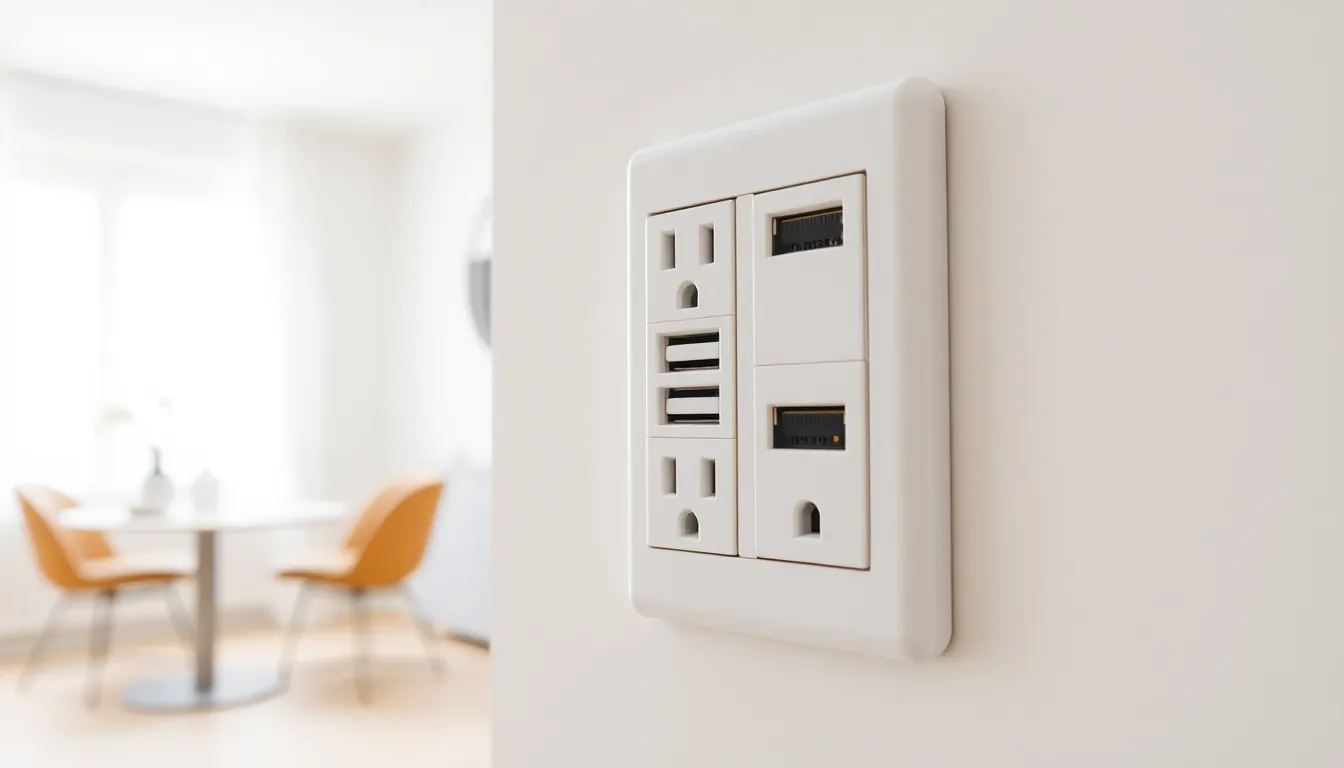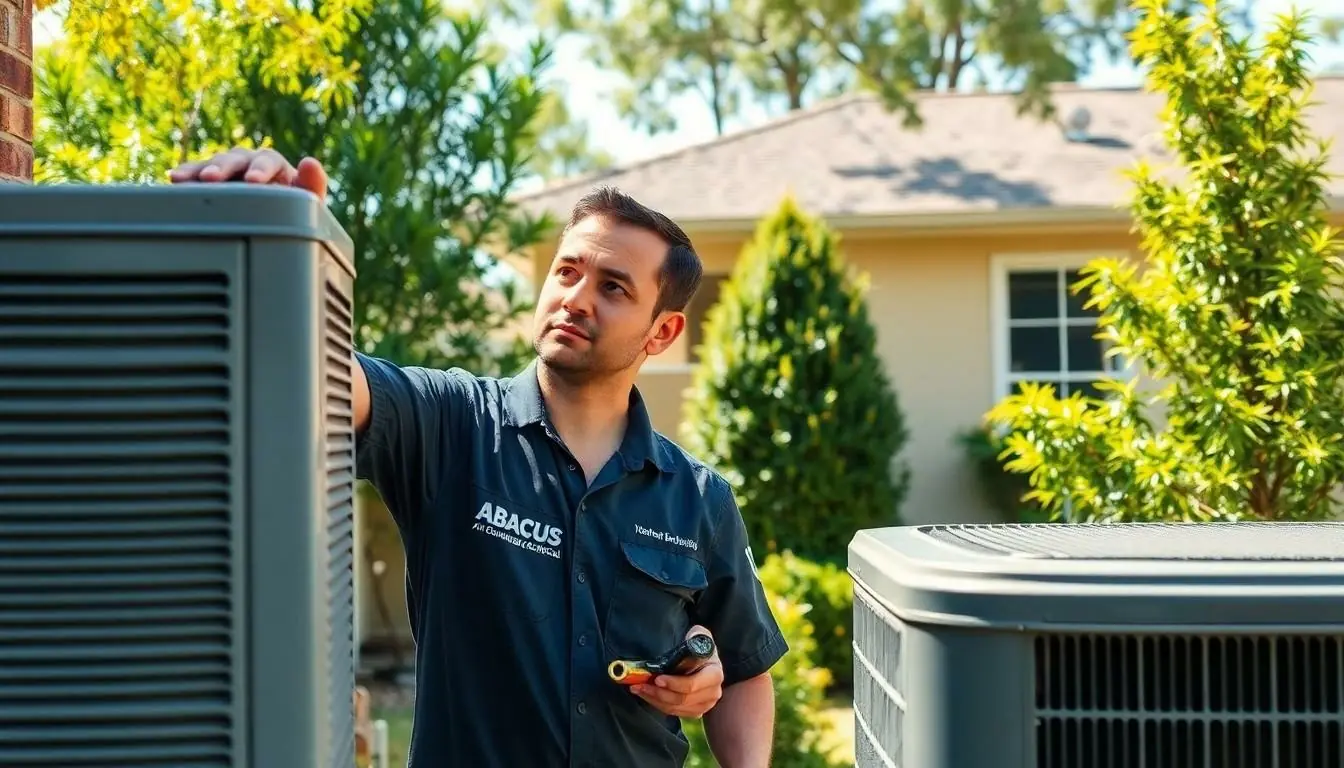Table of Contents
ToggleImagine a world where charging your phone doesn’t require a scavenger hunt for an electrical outlet. Sounds dreamy, right? Electrical outlets are the unsung heroes of modern life, quietly powering our devices while we take them for granted. From the humble wall socket to the sleek USB ports popping up everywhere, these little power hubs keep our gadgets alive and kicking.
Overview Of Electrical Outlets
Electrical outlets serve as crucial interfaces connecting devices to a power source. They enable users to power appliances and charge devices conveniently.
Definition And Purpose
An electrical outlet refers to a connection point that delivers electrical power for devices. This component allows current to flow from a power supply to various applications, ensuring optimal functionality and ease of use. Functionality includes supporting multiple devices like laptops, smartphones, and kitchen appliances. In everyday life, outlets simplify tasks by providing accessible power to essential tools and gadgets.
Types Of Electrical Outlets
Different types of electrical outlets accommodate various devices and electrical needs. Standard wall outlets typically have two or three holes, used for most household electronics. USB outlets integrate built-in ports for easy charging of compatible devices. Specialty outlets cater to specific applications, such as GFCI outlets for wet areas, ensuring safety. International travelers encounter diverse outlet types, which require adapters to facilitate device compatibility. Each outlet type contributes uniquely to the overall efficiency and safety of electrical systems in homes and workplaces.
Common Types Of Electrical Outlets

Electrical outlets vary in design and functionality to meet users’ needs. Understanding these types helps maximize convenience and safety.
Standard Wall Outlets
Standard wall outlets serve as the most common type found in homes. These typically feature two vertical slots and a round hole for grounding. Designed for general use, they accommodate a wide range of devices. Voltages of 120V are standard in North America, making them suitable for most household appliances. They provide a reliable power source, ensuring devices can easily connect and function efficiently.
GFCI Outlets
GFCI outlets, or Ground Fault Circuit Interrupters, offer enhanced safety in areas prone to moisture. Found in bathrooms, kitchens, and outdoor settings, they reduce the risk of electric shock. These outlets monitor the flow of electricity, automatically shutting off power if an imbalance is detected. Testing buttons often accompany GFCI outlets, allowing users to ensure they function correctly. Their installation is crucial in wet environments to protect individuals from accidental electrocution.
AFCI Outlets
AFCI outlets, or Arc Fault Circuit Interrupters, provide protection against electrical fires caused by arc faults. These specialized outlets detect dangerous electrical arcing conditions and cut off power to prevent fires. Typically installed in bedrooms and living areas, AFCIs enhance overall household safety. Compliance with electrical codes frequently requires their use in new construction and renovation projects. Prioritizing AFCI outlets in home wiring helps to create a safer living environment for everyone.
Features And Specifications
Electrical outlets possess various features and specifications that enhance their functionality and safety.
Amperage Ratings
Amperage ratings indicate how much current an outlet can handle. Standard outlets typically support 15 or 20 amps, suitable for devices like lamps and kitchen appliances. Higher amperage outlets cater to heavier loads, such as electric dryers or refrigerators. It’s crucial to match devices to the appropriate amperage rating to prevent overheating and potential hazards. GFCI and AFCI outlets often have the same amperage ratings, providing added safety for specific applications. Understanding these ratings ensures safe and efficient use of electrical devices throughout a home or workplace.
Voltage Requirements
Voltage requirements determine the kind of devices that can connect to an outlet. Most standard outlets operate at 120 volts, sufficient for everyday electronics. Certain appliances, like electric stoves and dryers, may require 240 volts. Knowing these voltage specifications assists in selecting the right outlet for the intended device. Additionally, specialized outlets, such as 120/240-volt systems, serve specific needs in industrial or commercial environments. Compatibility between voltage and device ratings is essential for optimal performance and safety.
Safety Features
Safety features in electrical outlets enhance protection for users and devices. Ground Fault Circuit Interrupter (GFCI) outlets prevent electric shock by disconnecting power when they detect current imbalances. Similarly, Arc Fault Circuit Interrupter (AFCI) outlets monitor for arc faults that can cause fires, cutting off power when necessary. Child safety features are common in residential settings, preventing accidental insertion of foreign objects. Using outlets with these safety technologies significantly reduces risks associated with electrical usage, fostering a safer living environment.
Installation And Maintenance
Electrical outlets require specific installation practices and ongoing maintenance to ensure safety and functionality. Understanding these aspects can enhance longevity and efficiency.
DIY Installation Tips
Choose the right outlet type for each location. Standard outlets function well in most areas, while GFCI and AFCI outlets serve safety in moisture-prone or high-risk environments. Ensure power is turned off at the circuit breaker before starting the installation process. Follow local electrical codes and guidelines when installing outlets, as this ensures compliance and safety. Use a voltage tester to confirm power is off. Secure connections should be made to prevent loose wiring, which can lead to hazards. Lastly, mount outlets at a comfortable height to maximize accessibility.
When To Call A Professional
Hiring a licensed electrician benefits installation due to their expertise and knowledge. Complex wiring requirements, such as those in older homes, often necessitate professional assistance. When planning to install high-voltage appliances, consulting an electrician is crucial for safety. Unfamiliarity with local electrical codes can lead to compliance issues, making a professional valuable. Significant renovations might also demand a thorough inspection by an expert to assess existing infrastructure. Avoiding DIY in these scenarios minimizes risks associated with faulty installations and potential hazards.
Maintenance Best Practices
Regular inspection of outlets detects signs of damage or wear. Look for discoloration, cracks, or loose connections during these checks. Cleaning outlets with a dry cloth prevents dust and debris buildup, which can interfere with performance. Testing GFCI outlets monthly ensures their functionality and safety in damp areas. If any outlet doesn’t respond, replace it immediately to maintain safety standards. Replacing older outlets with modern, safety-enhanced options contributes to a safer environment. Proper maintenance not only enhances device performance but also significantly reduces risks related to electrical hazards.
Electrical outlets play a vital role in daily life by powering the devices that keep homes and workplaces running smoothly. Their various types and safety features ensure that users can charge and operate appliances with confidence. As technology advances, the future promises even greater convenience in accessing power.
Proper installation and maintenance of these outlets are essential for safety and efficiency. By understanding the different outlet types and their specific applications, individuals can make informed choices that enhance their living environments. A commitment to safety and functionality will ensure that electrical systems remain reliable for years to come.







